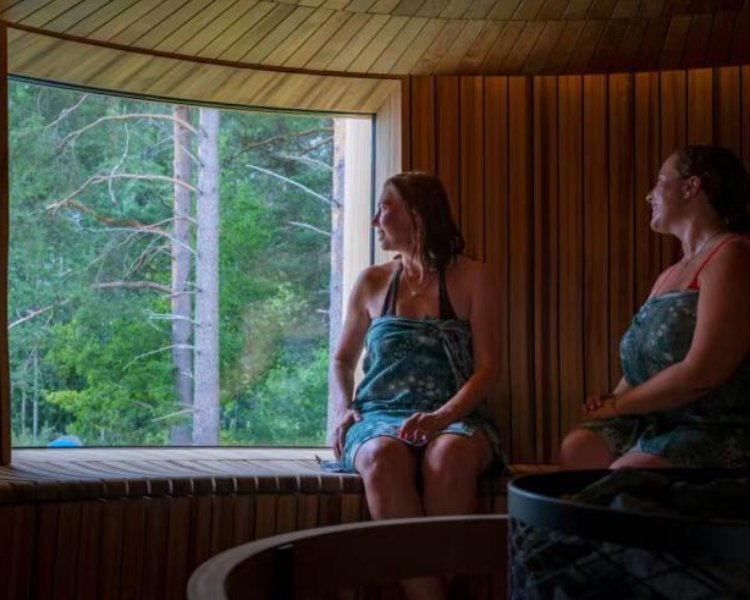Finnish origin theory:
The word “sauna” comes from Finnish, and its original meaning is “a cabin without windows”. This name is related to the origin of sauna. The original sauna cabin had no windows and chimneys, and the thick smoke made the house black, so it was named “smoke sauna”. Later, some innovative people installed chimneys, which improved the sauna experience.
Ancient Roman origin theory:
Another theory is that the origin of sauna can be traced back to the ancient Roman period. At that time, the ancient Romans used charcoal and volcanic stones to get heat for fitness, which is considered to be the prototype of modern sauna.
The development of sauna room
Traditional sauna:
The traditional sauna bath uses burning mineral stones and pouring water on them to produce steam. This method is called dry steam bath. Sauna bath can speed up blood circulation, completely relax muscles in all parts of the body, and achieve the purpose of eliminating fatigue, restoring physical strength, and rejuvenating spirit3.
Modern sauna:
Modern sauna room uses more far infrared and negative ion technology to achieve the effect of sauna, which is called wet steam bath. The temperature of wet steam bath is relatively low, usually around 50℃, which is suitable for female consumers because it can make the skin more rosy and watery2.
Popularity of sauna room
Sauna bath is very popular in Finland, and almost every family and unit has a sauna. One of the best ways to have a family reunion on weekends and get together with friends on weekdays is to take a Finnish sauna. In Finland, taking a sauna is not a luxury and high-end enjoyment, nor is it a symbol of property or status
In summary, there are multiple versions of the origin of sauna, but it is generally believed that it is related to Finnish culture and history. With the development of science and technology, the design and function of sauna rooms are also constantly improving to meet people’s health and leisure needs.

